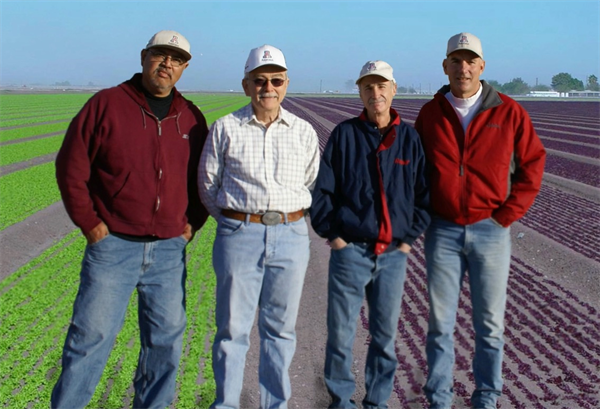
Everything we eat and much of what we are surrounded by in our daily lives have a common base from water and the production of green plants. Anything made of carbon, even if the immediate source of carbon is a petroleum-based product, has an original derivation that starts with green plants and water.
Green plants perform the miraculous process of photosynthesis that captures light energy from the sun to combine with water (H2O) taken up from the soil through the root system, carbon dioxide (CO2) from the air, forming a simple 6-carbon carbohydrate compound (C6H12O6), and liberating free oxygen (O2) into the atmosphere.
Photosynthesis involves a complex system of biochemical reactions, but the fundamental photosynthesis process can be reduced to very simple terms as outlined in Figure 1.
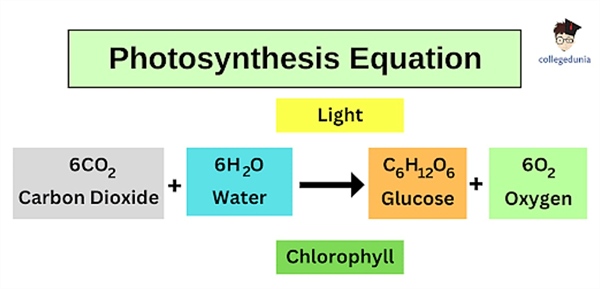
Figure 1. Basic photosynthesis reaction. (Source: Collegedunia).
Figure 2 offers a little more detail in the photosynthetic process and there is still more to the story. But the essentials are outlined in Figures 1 and 2.
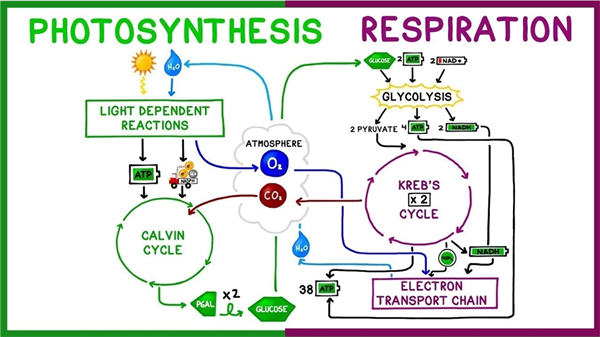
Figure 2. Connections between photosynthesis and plant respiration.
The process of taking CO2 from the atmosphere and “fixing” the carbon in a larger and more complex form as a basic carbohydrate (simple sugar compound) is referred to as “carbon fixation” and green plants provide most of this primary function in the earth terrestrial, or land-based ecosystems.
Carbon fixation is conducted by organisms containing chlorophyll and green plants do most of this work. There are also some species of algae and cyanobacteria that can fix carbon from the atmosphere. But green plants, using energy from the water and water from the soil are the real workers in our world in this regard.
Water is essential in this process of fixing carbon through photosynthesis. In fact, six units of water are required for every unit of carbohydrate that is produced (Figure 1).
Additional water is used by the plant in the transpiration process, which is the movement of water from the soil through the root system, through the conductive tissues of the plant. This provides for good cellular hydration and biological function. In the transpiration process water moves out of the plant and escapes into the atmosphere as gas through the stomates, which are small openings in the underside of plant leaves (Figure 3).
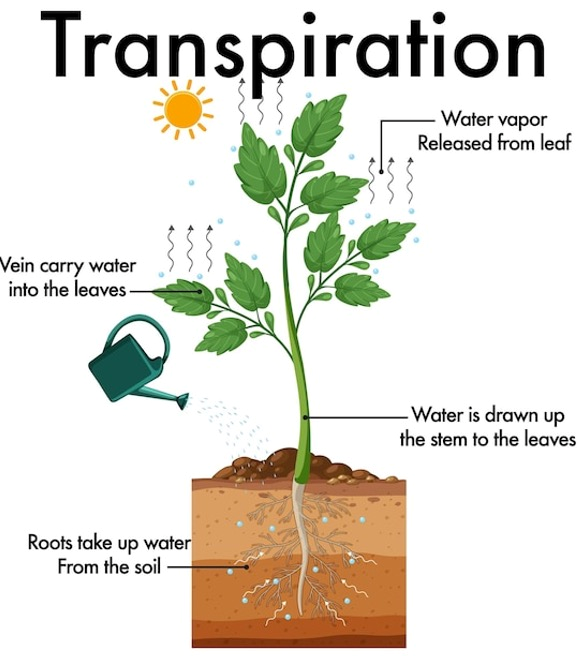
Figure 3. Plant transpiration. Source: Premium Vector
Through this process of photosynthesis, water and green plants serve as the backbone of all terrestrial life. These are fundamental facts and critical functions that we manage in crop production systems. Essentially, every field with a green crop growing is a photosynthetic factory and water is always an essential component.
Consumers directly benefit from the water used to produce the crops with all the fruits and vegetables that come from them. Healthy animals require good food, which all comes from plants, i.e., alfalfa. Everything we consume has a significant water footprint and much of that involves supporting plant photosynthesis.
The inescapable fact is that we need the plants, and the plants need water to grow and produce.
New automated/robotic ag technologies are coming out all the time. Ever wonder how they function in the “real world” and whether they are cost effective? Western Growers recently released a case study report on the economic impact of Carbon Robotics LaserWeeder on overall weeding costs. The study tracked expenses, productivity, and labor savings of the machine operating over one year on several thousand acres at two commercial farms, Braga Fresh and Triangle Farms. It is a well done, detailed study enriched by insightful comments and practical recommendations made by the farm managers responsible for machine operations. It’s an easy read and well worth the time for those interested in the economic and overall feasibility of laser weeding. Check it out hereby clicking the image below. I don’t want to be a spoiler, but I was surprised to learn that despite the initial high cost of the laser weeder ($1.2 million), overall weeding costs at both farms were reduced by about 40% (>$250/acre) in high-density organic crops such as spring mix and spinach.
Stay tuned. Western Growers plans to release five more automation technology case study reports within the next year. Upcoming reports include grower case studies experiences with automated weeding machines from Stout Industrial Technology, Inc. and Ecorobotix; and with autonomous ag platforms from Burro, GUSS Automation, and Bluewhite.
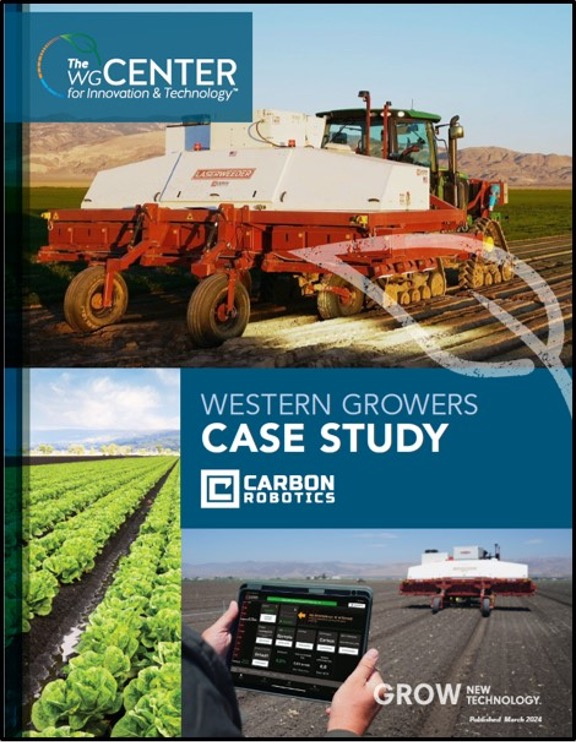
Fig. 1. Western Growers case study report on the economic impact of Carbon
Robotics laser weeding machine on weeding costs at two commercial leafy
green vegetable farms. Click here or on the figure to view. (Photo credit: The
Western Growers Center for Innovation & Technology)
The following is the FIRST WEED SCIENCE ARTICLE OF THIS NEWSLETTER published January 13, 2010 by our friend Barry Tickes.
The selective grass herbicides are good rescue type treatments in vegetables for grasses that have gotten through Pefar, Kerb and Balan. These include Poast (sethoxydim), Select (clethodim) and Fusilade (fluazifop) and the generics of these products. These herbicides are all slow and even slower as temperature and day length drop. If you don't like weeds, you can have the satisfaction of watching them suffer for a long time. Treated grasses should stop growing immediately and will slowly turn yellow, red and gradually disappear as the crop grows. This will likely take 2 to 3 weeks. Poast is the slowest and Select is the fastest. All of these herbicides require the addition of a crop oil concentrate except for Select Max which you can use with either a crop oil concentrate or non-ionic surfactant. Some reports indicate that ammonium sulfate will help in cold weather. If you have used one of these products and don't see adequate control within 3 or 4 weeks, please contact us and we'll look at it with you.
As Barry promised in his 2010 article he will be looking at some field trials with me today!
